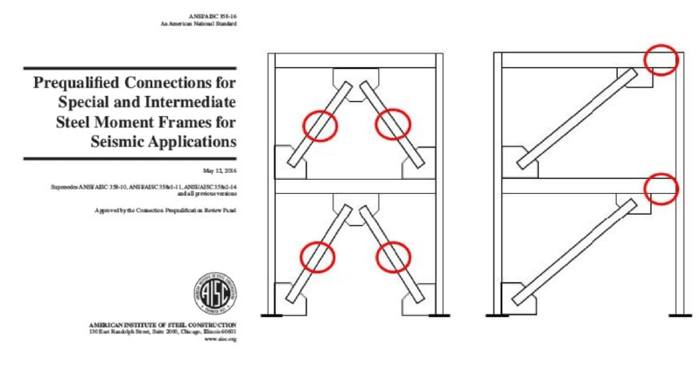
August 17, 2022
AISC 341-16 & AISC 358-16 now included in RISAConnection
The AISC 341-16 and AISC 358-16 Edition changes have been implemented into RISAConnection v13.
Halloween isn’t just for candy and costumes—it’s the perfect time to test your spooky engineering skills! We’ve brewed up a Halloween-themed RISA Jeopardy game, packed with fun, easy questions about our software. Tip for readers: Try to answer before revealing the “treat” below each question! 💀 Can You Count? 100 – RISACalc: How many components are currently available in RISACalc? 10 (Beam, Column, Steel Joist, Composite Beam, Retaining Wall, Spread Footing, Wall Footing, Drilled Pier, Seismic Load, Wind Load) 200 – FD: How many Data Entry spreadsheets are available in RISAFoundation? 25 300 – RISA-3D: How many countries or regions have building codes supported in RISA-3D? 9 (US, Canada, Mexico, Europe, Great Britain, India, Australia, New Zealand, Saudi Arabia) 🎃 Adaptable 100 – ADAPT: Which of these is not an ADAPT product? ADAPT-Builder, ADAPT-Felt, ADAPT-Floor, ADAPT-ABI ADAPT-Floor 200 – ADAPT: Which mode of ADAPT-Builder is used to design slabs-on-grade on expansive soils using the PTI method? ADAPT-SOG 🕸️ The Whole Family 100 – Other: This steel detailing software and fellow Nemetschek brand has a built-in export option in RISA-3D. SDS2 200 – Other: Which design code is the most common in our software, found in 8 of our 10 programs?…
Read More

The AISC 341-16 and AISC 358-16 Edition changes have been implemented into RISAConnection v13.
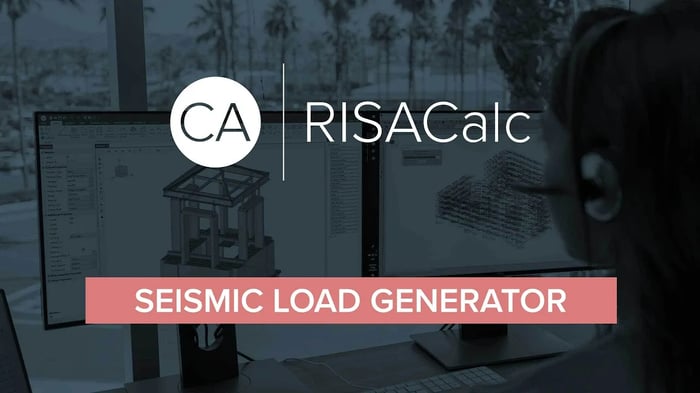
Learn how to generate seismic loads on buildings and non-structural components according to ASCE 7 using RISACalc.
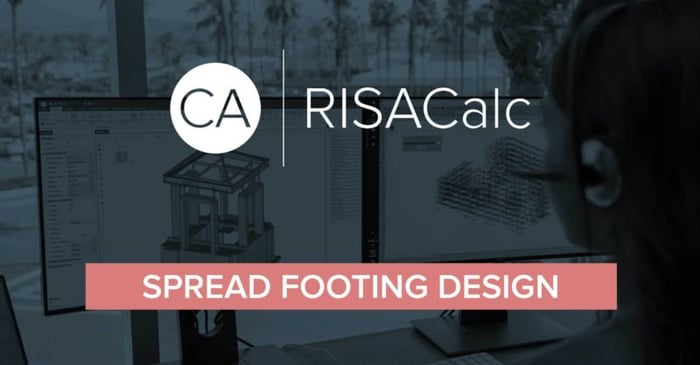
Learn how to load and design individual concrete and masonry wall footings in RISACalc.
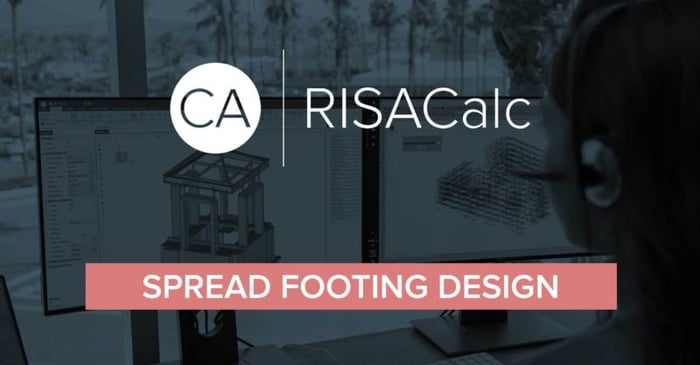
Learn how to load and design individual concrete spread footings in RISACalc.
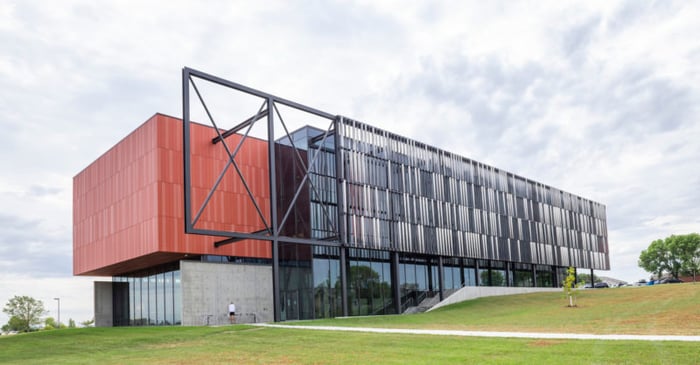
Learn how Olsson utilized the entire RISA Suite (RISA-3D, RISAFloor, RISAFoundation and RISAConnection) to design the newest addition to the Southeast Community College campus located in Beatrice, NE.
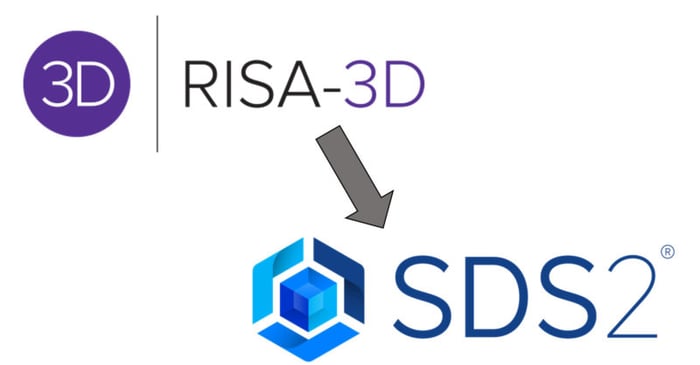
Version 20.0.2 allows users to integrate models between RISA-3D and SDS2, including model geometry, members sizes and end reactions.
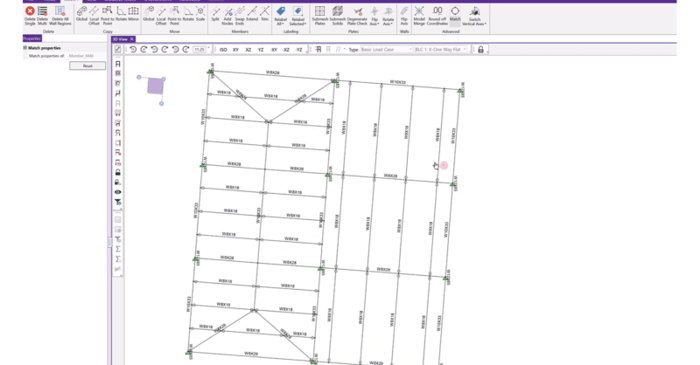
RISA-3D now includes the ability to "match properties" between members. For more information about this feature, check out the video below:
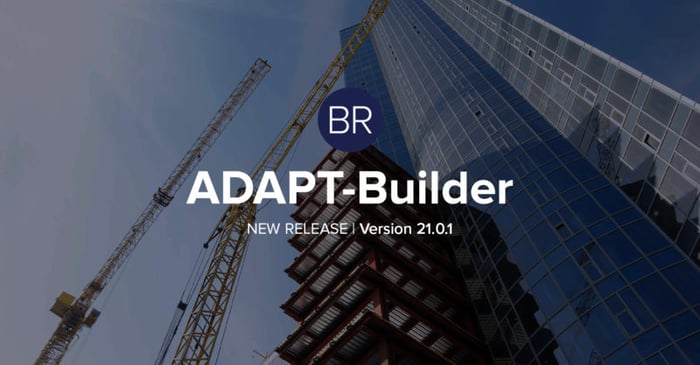
ADAPT-Builder Version 21.0.1 is now available and includes integration with RISA-3D, colorization of applied loading as well as other new features. For more information about new features, users can review the related articles below as well as the release notes. Related Articles: Related Articles:...
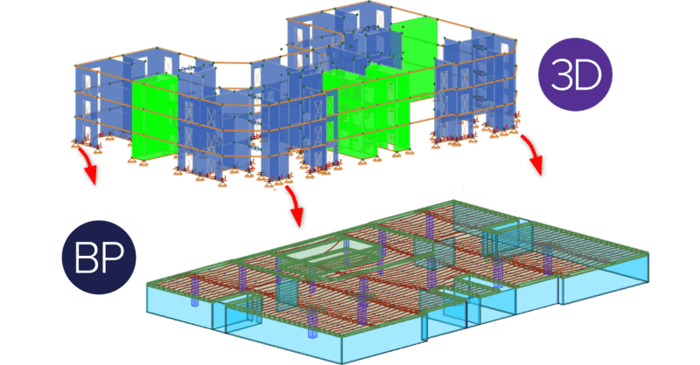
ADAPT-Builder v21.0.1 includes the option to import reactions from a RISA-3D model. The program will import the superstructure reactions and loading as point and line loads. The B3D Import Wizard allows you to choose which load cases to import and gives you the ability to map the loads to existing...
Our monthly "Structural Moment" newsletter is the best way to keep up with RISA’s product updates, new releases, new features, training events, webinars and more...